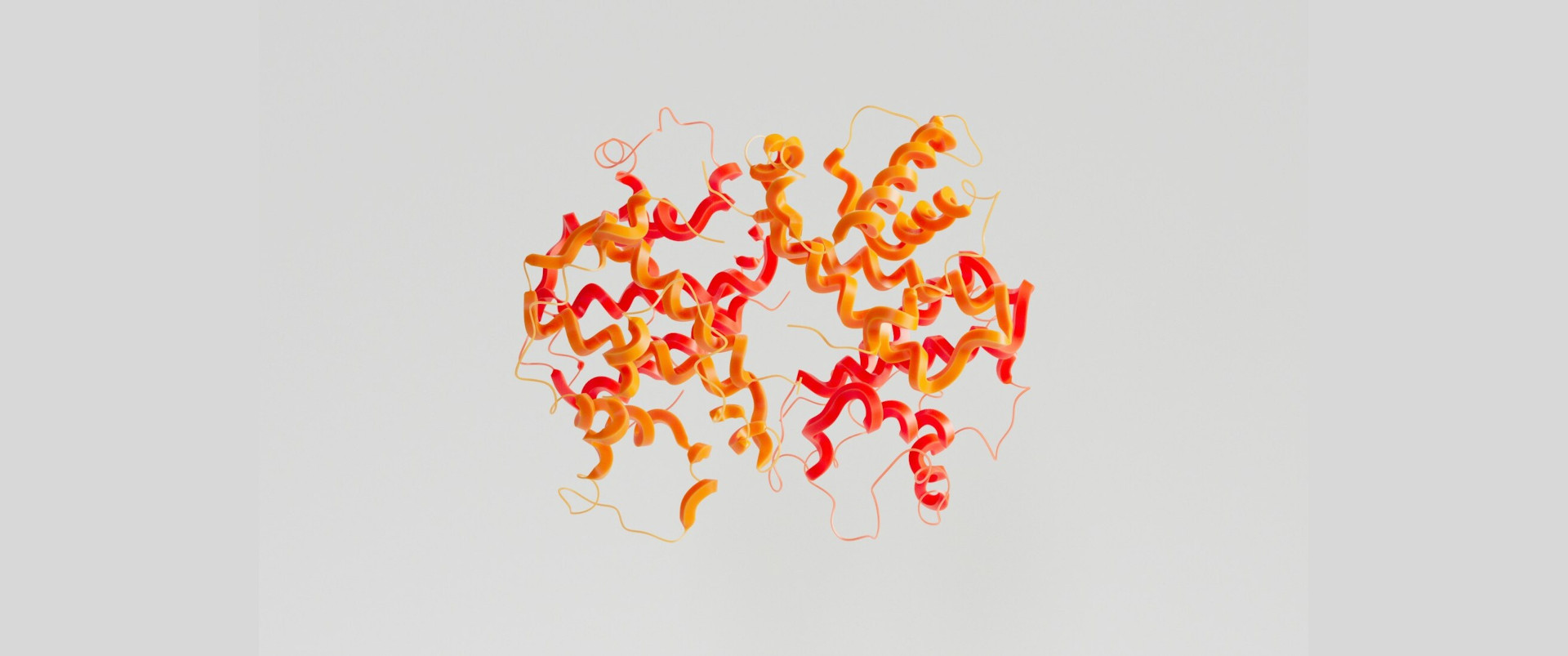🍚 Glucose metabolism
The process of breaking down glucose to generate energy for the body. It’s like the body’s own power plant, converting the sugar we eat into a usable form of energy that keeps us going.
1. ⚡ Glycolysis
The first step in the breakdown of glucose, which produces pyruvate, NADH, and ATP. It’s like the initial spark that sets off a chain reaction, generating the energy and building blocks needed for the body’s many functions.
2. 🌀 Pentose phosphate pathway
A metabolic pathway that generates NADPH and ribose-5-phosphate, which are used in various biosynthetic reactions. It’s like a side road that departs from the main highway of glucose metabolism, producing the raw materials needed for building new molecules (DNA & RNA) and keeping the body’s cells healthy.
3. 🧶 Glycogen
A large, branched polymer of glucose that serves as a storage form of glucose in animals, fungi, and bacteria. It’s like a giant sugar ball that the body can rely on when it needs an energy boost.
4. 🚧 Transition step
The step in glucose metabolism where pyruvate is converted into acetyl-CoA, a key intermediate in energy production. It’s like the bridge that connects the initial breakdown of glucose to the final stages of energy production, allowing the body to extract the maximum amount of energy from the sugar we eat.
🥥 Lipids metabolism
The process of how the body handles fats, including their storage, breakdown, and utilisation for energy. It’s like the body’s strategic manager for handling its fat resources efficiently.
1. 🧪 Fatty acids synthesis
The creation of fatty acids from acetyl-CoA and malonyl-CoA, primarily occurring in the liver. It’s like the body’s own assembly line for building the fats it needs for energy storage and cell structure.
2. 🧈 Triglycerides synthesis
The process of combining glycerol and fatty acids to form triglycerides, the main storage form of fat in the body. It’s like the body’s way of packing excess energy into storage for later use.
3. 💨 Fat mobilisation
The release of stored fat (triglycerides) into the bloodstream for energy production. It’s like opening the body’s fat reserves to fuel activities when immediate energy from food is not available.
4. 🔥 β-Oxidation
The process of breaking down fatty acids to produce acetyl-CoA, which enters the citric acid cycle for energy production. It’s like the body’s fat-burning furnace, converting stored fats into usable energy.
5. 🥑 Ketones and cholesterol
The pathways involved in the production and utilisation of ketone bodies for energy during periods of low carbohydrate intake, as well as the synthesis and regulation of cholesterol in the body. It’s like the body’s backup plan for energy production and the building blocks for essential molecules like hormones and cell membranes.
🧱 Amino acids metabolism
The body’s way of managing amino acids, including their breakdown, synthesis, and use for protein production. It’s like the body’s own amino acid economy, ensuring a steady supply of these essential building blocks.
1. 🔨 Amino acids degradation
The breakdown of amino acids for energy production or for the synthesis of other molecules. It’s like the body’s recycling program, breaking down old or unnecessary proteins into their component parts for reuse.
2. 🏗️ Amino acids synthesis
The creation of new amino acids from precursor molecules, primarily occurring in the liver. It’s like the body’s own assembly line for building the amino acids it needs for protein production and other essential functions.
3. ♻️ Urea Cycle
The process of converting toxic ammonia into urea, which is excreted in the urine. It’s like the body’s detoxification system, neutralising harmful byproducts of amino acid metabolism.
🔋 Energy creation
The process by which the body generates energy from food. It’s like the body’s own power station, converting the energy stored in food into a usable form.
1. 🔄 Krebs cycle
The metabolic pathway that breaks down acetyl-CoA to produce ATP, NADH, and FADH2, through cyclical reactions. It’s like a molecular watermill, harnessing the energy of food molecules to produce the energetic essentials for cell function.
2. 🔌 Electron transport chain
The sequence of protein complexes that transfer electrons to generate a proton gradient, which drives ATP synthesis in cellular respiration. It’s like a molecular hydroelectric dam, using the energy from electron transfer to pump protons and create a gradient, which is then converted into energy (ATP).
📡 Cell transport and signalling
The processes by which cells communicate with each other and move substances across their membranes. It’s like a cellular phone network, where cells send and receive signals to coordinate their activities and maintain homeostasis.
🧬 Nucleotide metabolism
The set of metabolic processes involving the synthesis and breakdown of nucleotides, the building blocks of DNA and RNA. It’s like the cellular factory for nucleic acid components, managing the creation and dismantling of these essential molecules.
1. 🧩 Nucleotide synthesis
The process of creating nucleotides from precursor molecules, crucial for DNA and RNA production. It’s like the cell’s construction site, assembling the nitrogenous bases, sugars, and phosphate groups into the essential building blocks of genetic material.
2. 🔪 Nucleotide degradation
The process of breaking down nucleotides, the building blocks of DNA and RNA. It’s like a cellular recycling centre, where the body breaks down used genetic material to reuse its components.
📼 Video playlist
📝 Diagrams
- Explore the free intro diagram to get started.
- Discover the full collection for comprehensive content.
